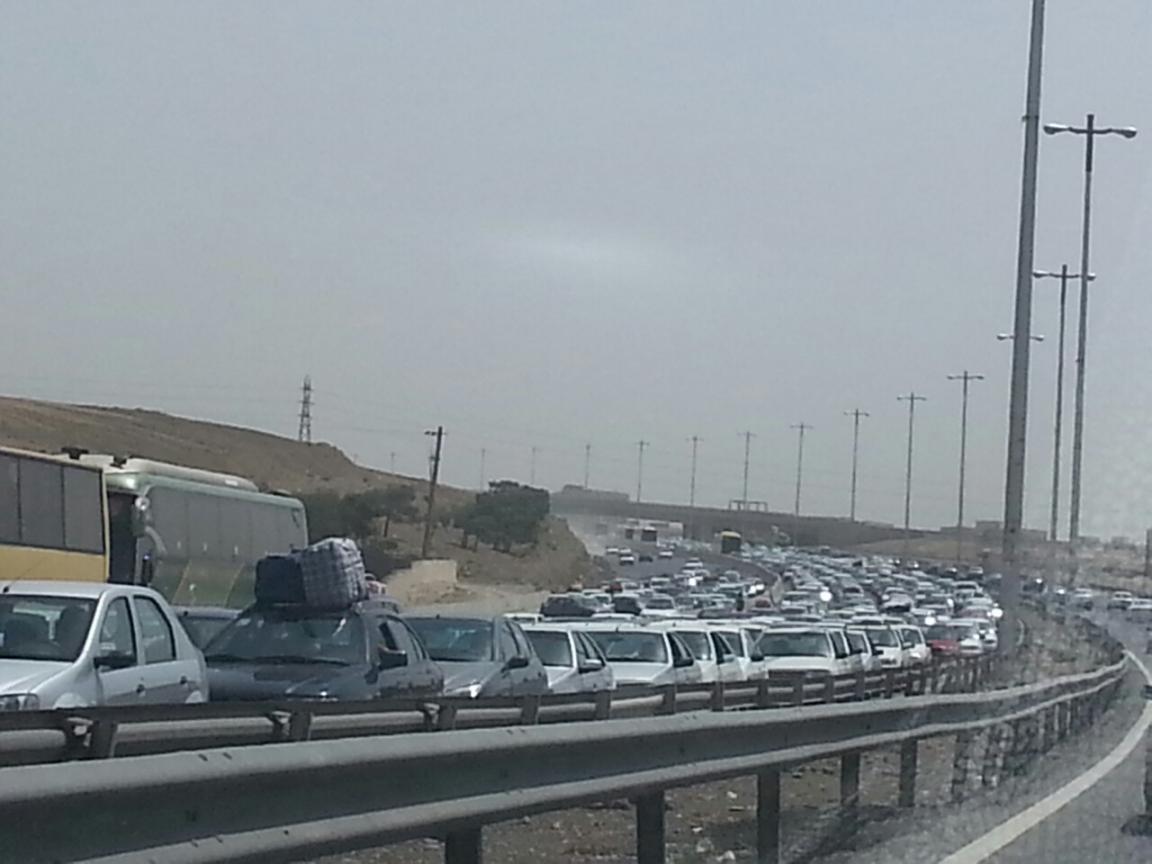The construction of a long awaited highway which would connect Tehran to the northern province of Mazandaran first began construction over 20 years ago and continues to remain unfinished to this day.
Consisting of four different sections, the Tehran-North Highway project will encompass 121km when finished. The construction process through the road’s history has stuttered at best, and at times come to a complete halt.
The resumption of construction of the long awaited by-pass has now become one the main priorities of the current government.
Last Thursday, several officials including Abbas Ahmad Akhoundi, minister for roads and urban development, his deputy Ali Nourzad, along with Mohammad Saeedikia, Head of the Mostazafan Foundation, and Vice President Es’haq Jahangiri visited the site.
Iran’s largest charitable foundation and the second-largest commercial enterprise in Iran, Mostazafan holds a fifty percent share in the road construction project. Nourzad announced that after several meetings with Saeedikia, a consensus was reached for finalizing the project, with the group announcing the completion date to be in the latter half of 2017.
So far 93 percent of the fourth section is complete – connecting Marzanabad to Chalus – this sectioned opened in 2012 during the term of the former government. However parts of the road such as asphalting and junctions are currently incomplete and must be finalized, Akhoundi said.
Construction of the first section, which starts at the Tehran side of the Alborz, currently extends 32km northwards and is 47 percent complete. Once this section is finished, the current route will be shortened by sixty six kilometers, also resulting in fuel efficiency and increased road safety. With the assistance of the Supreme Council of Urban Planning and Architecture, the park areas of Kan District [in western Tehran], will be protected against any construction work, the minister said.
According to the official, estimates show that in order to complete the project nearly $3.5 billion would be needed. The middle sections are not easily accessible due to the several twists and turns in the large inhospitable mountain terrain. This is mainly the reason why construction has not progressed as planned.
The minister also stated that whilst in talks with Saeedikia, who was also the minister of transportation during the presidency of Akbar Hashemi, talks have been fruitful and the project will kick off again. A memorandum of understanding has been signed between the ministry and Mostazafan Foundation. Chinese contractors have been called upon to complete the tunnels and bridges, the rest will be handed over to Iranian contractors.
The MoU indicates that the first section will be completed over a period of 24 months and the finishing touches to the fourth section will be completed by the end of the current Iranian year (March 2015), Jahangiri said.
According to the vice president, the results of the nuclear talks between Iran and P5 + 1 (the US, Britain, Germany, France, Russia, and China) which will be decided by the year end, are a decisive factor in the financing of such projects. If the talks yield positive results and sanctions are removed, foreign direct investment will help fund the large project, which currently is struggling due to the overall unforeseen costs of excavation.


